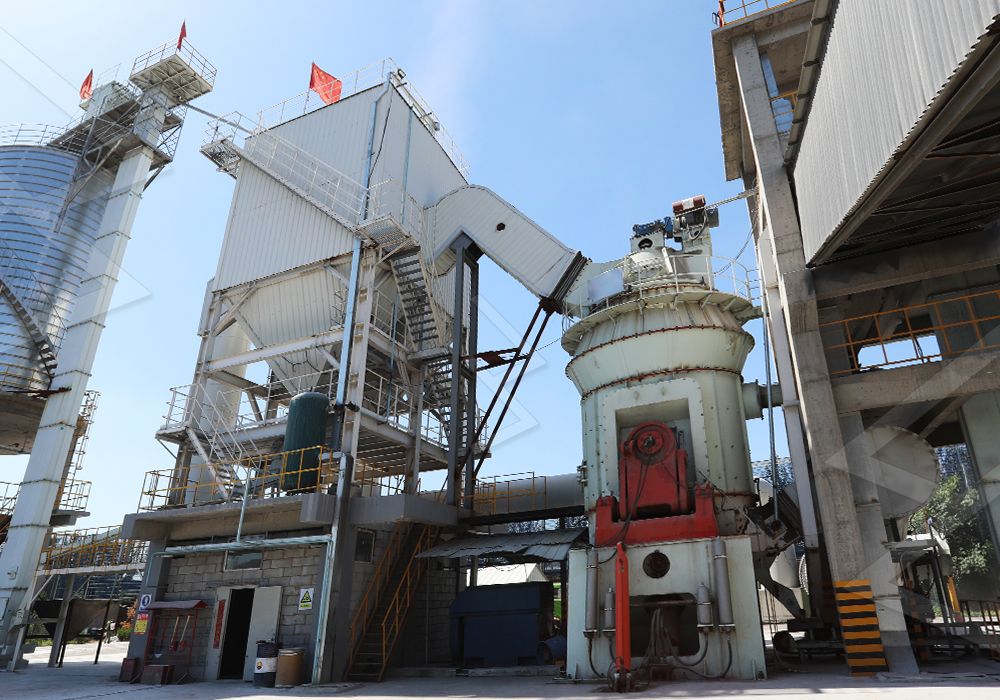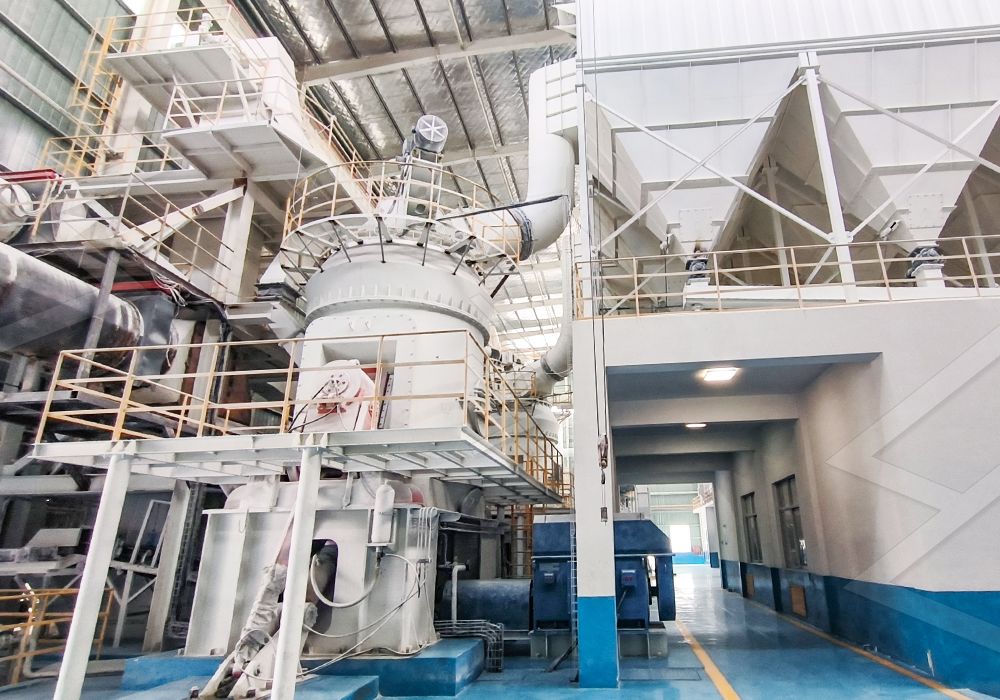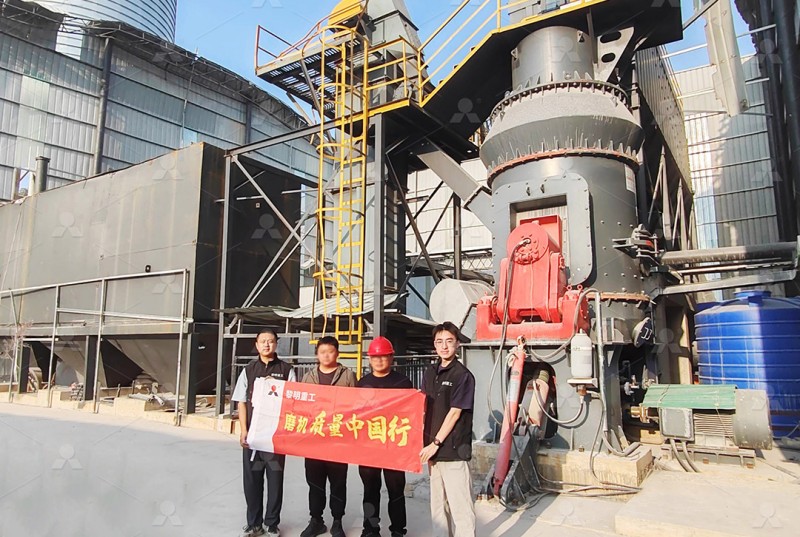Key Precautions for Operating Coal Grinding Mills in Industrial Applications
Key Precautions for Operating Coal Grinding Mills in Industrial Applications
Operating coal grinding mills requires meticulous attention to safety and maintenance protocols. These powerful industrial machines process combustible materials under demanding conditions, making proper operational procedures essential for both personnel safety and equipment longevity.
Fundamental Safety Protocols
Before initiating any grinding operations, conduct thorough equipment inspections. Check for residual coal dust accumulation in and around the mill housing, as this presents a significant explosion hazard. Verify that all safety guards are securely in place and that emergency stop mechanisms function correctly. Never bypass safety interlocks, even for temporary troubleshooting.

Maintain strict housekeeping standards throughout the grinding area. Implement regular cleaning schedules to prevent coal dust buildup on surfaces, equipment, and structural members. Use specialized industrial vacuum systems designed for combustible dust rather than compressed air blowing, which can create dangerous dust clouds.
Operational Best Practices
Startup sequences should follow manufacturer recommendations precisely. Begin with the mill empty and gradually introduce feed material once the system reaches operational parameters. Monitor amperage draws carefully during this phase, as sudden spikes may indicate blockages or mechanical issues.
During operation, maintain consistent feed rates within the mill’s designed capacity. Fluctuating feed rates cause instability in the grinding chamber, leading to inefficient operation and potential equipment damage. Implement automated feed control systems where possible to maintain optimal loading.
Temperature and Ventilation Management
Coal grinding generates significant heat through friction and mechanical action. Continuously monitor bearing temperatures and grinding chamber heat levels. Implement temperature alarms with automatic shutdown triggers at critical thresholds to prevent overheating incidents.
Ensure ventilation systems operate at designed capacity throughout grinding operations. Proper airflow serves dual purposes: removing fine coal particles from the grinding chamber and controlling operational temperatures. Regularly inspect filter bags and dust collection systems for proper function.

Advanced Grinding Solutions
For operations requiring ultra-fine coal powder with enhanced safety features, consider the MW Ultrafine Grinding Mill. This advanced system processes material with input sizes of 0-20 mm at capacities ranging from 0.5-25 tph. The mill’s innovative design eliminates rolling bearings and screws within the grinding chamber, removing common failure points and associated maintenance concerns.
The MW Ultrafine Grinding Mill incorporates efficient pulse dust collection and muffler systems, significantly reducing both dust emissions and operational noise. The external lubrication system allows for maintenance without production shutdowns, enabling continuous 24-hour operation when required. With adjustable fineness between 325-2500 meshes, this equipment provides exceptional flexibility for various coal grinding applications.
Maintenance and Monitoring
Establish predictive maintenance schedules based on operational hours and material throughput. Regularly inspect grinding elements for wear, replacing components before failure occurs. Maintain detailed equipment logs tracking vibration patterns, temperature trends, and production outputs to identify developing issues early.
For operations requiring higher capacity with integrated drying capabilities, the LM Vertical Coal Mill offers robust performance with capacities from 5-100T/H. Its specialized grinding roller and table design provides high efficiency while consuming 40%-50% less power than traditional ball mills. The fully automated control system enables remote operation and comprehensive process monitoring.

Implement regular training programs for operational staff covering both routine procedures and emergency response protocols. Ensure all personnel understand the specific hazards associated with coal grinding operations and can recognize early warning signs of potential problems.
Frequently Asked Questions
What is the primary safety concern when operating coal grinding mills?
Coal dust explosibility represents the most significant hazard. Proper ventilation, dust collection, and housekeeping are essential for mitigating this risk. Implement comprehensive dust management protocols and never allow accumulations exceeding 1/32 inch.
How often should grinding elements be inspected?
Conduct visual inspections daily and detailed measurements weekly under normal operation. Increase frequency during high-production periods or when processing abrasive coal varieties. Document wear patterns to optimize replacement scheduling.
Can the same mill process different coal types?
While possible, transitioning between coal varieties requires parameter adjustments. Consider grindability, moisture content, and volatile matter differences. Gradually transition between coal types while monitoring mill performance indicators.
What maintenance advantage does the MW Ultrafine Grinding Mill offer?
Its external lubrication system enables maintenance without production stoppages. The absence of rolling bearings and screws in the grinding chamber eliminates common failure points, significantly reducing unscheduled downtime.
How does the LM Vertical Coal Mill improve efficiency?
It integrates crushing, drying, grinding, and conveying in a single system, reducing energy consumption by 40%-50% compared to ball mills. The vertical design also requires less floor space while providing automated operation capabilities.
